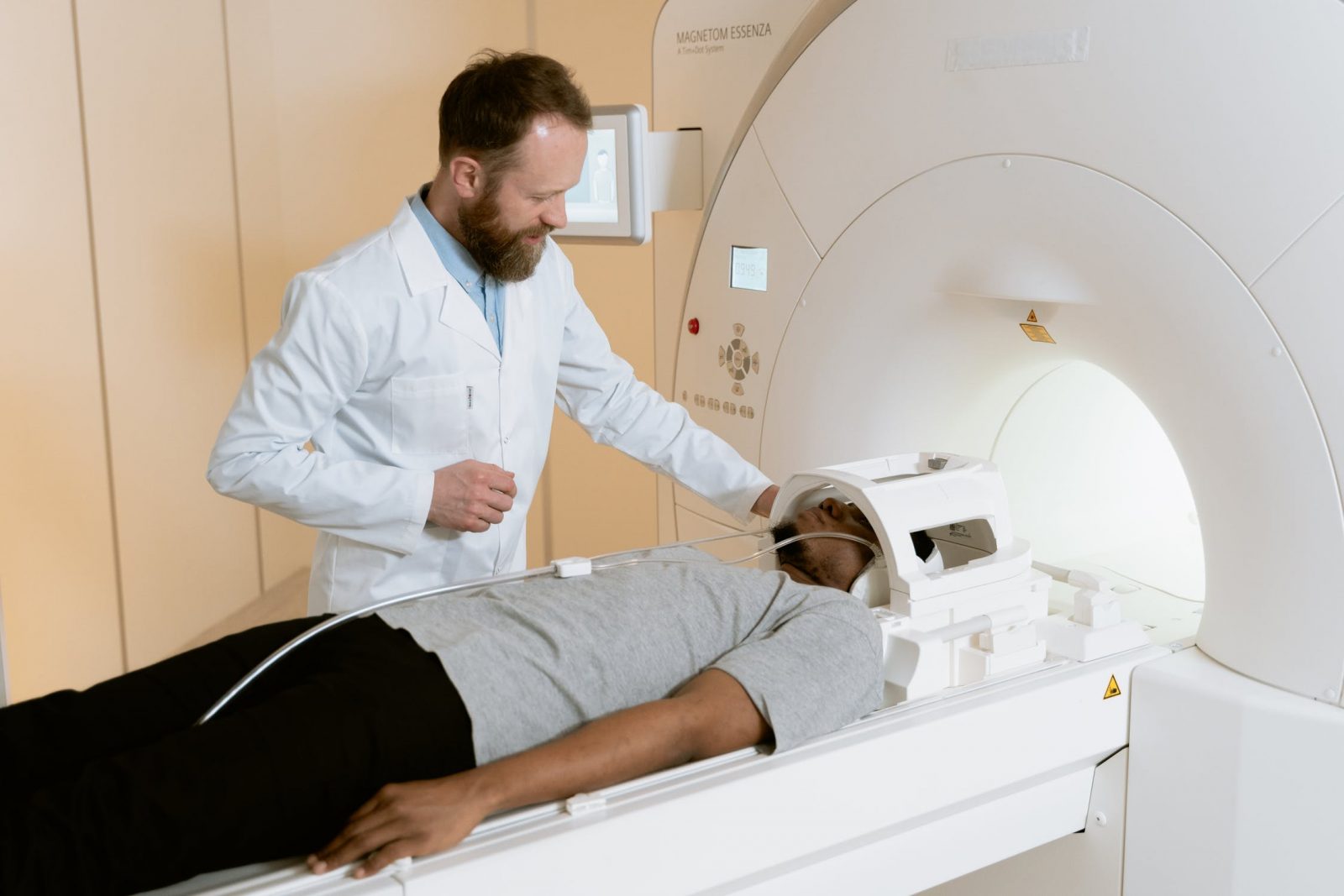Four ways to reduce inequity in heart failure rates

In the United States, the rate of heart failure is expected to increase by 46 percent between 2012 and 2030, with Black patients disproportionately affected, experiencing higher rates of hospital readmissions and higher mortality rates. A new study from researchers at the UC Berkeley School of Public Health assessed quality improvement initiatives that could potentially reduce hospital readmissions for Black patients with heart failure.
Researchers interviewed seven patients and four healthcare providers and administrators between October and November 2019 at Zuckerberg San Francisco General Hospital and Trauma Center, a safety net hospital in San Francisco, at which 40 percent of patients in the cardiology clinic have a heart failure diagnosis.
The interviews revealed perceived barriers to heart failure care, which allowed researchers to make recommendations to improve access to care with equity in mind.
“What inspired this study was unearthing the hidden root causes of racial disparities, and the only way to address them is to design and improve processes that are targeted at these inequities,” researcher Morrise Richardson, MPH ’21, said. “I see the study as just a precursor to understanding structural inequities and how they reinforce racial health disparities by design until we un-design it.”
Quality improvement efforts at the Zuckerberg San Francisco General Hospital prior to the study had already reduced hospital readmission rates for patients with heart failure. However, there was still a large gap in hospital readmission rates between Black patients and patients in other racial groups. The Berkeley Public Health research team found that focusing on these four elements would improve equity in care for heart failure patients at Zuckerberg and other hospitals.
Taking into account the social determinants of health
The disproportionately high mortality rate among Black patients with heart failure may be connected to preexisting health disparities that have been exacerbated during the pandemic, including a higher risk of severe COVID-19 and death, along with more difficulty accessing healthcare than for other groups. Providers should follow through to connect patients with social services to promote health and healthy behaviors.
Technological innovation
Hospitals should optimize the use of technology in order to improve interdepartmental communication. Existing technology, such as electronic health records, can be used to improve patient care when screening for the social determinants of health and connecting patients with case managers for social services.
Optimization of space
The physical space of the healthcare office should be taken into account when improving health equity. Interviewees found that the close proximity between the cardiology clinic and primary care clinics was helpful because social workers and their resources were more easily shared between clinics. Physical design can improve and increase interdepartmental collaborations and easily connect patients with essential services.
Implicit bias training for providers
During patient interviews, researchers found that many Black patients experienced racism at the hands of the healthcare workers assigned to provide them care, leading to the recommendation that healthcare workers at all levels should be offered implicit bias training to be better able to provide patients culturally sensitive health treatment and education. Moreover, the researchers recommend that hospitals hire more healthcare workers of color.
“In order to move toward achieving health equity for patients with heart failure, our recommendations include an equity-grounded approach to quality improvement that demonstrates key considerations that hospitals and clinics must consider when evaluating whether their proposed quality improvement projects align with the promotion of health equity,” Raj Fadadu, researcher and third year medical student at the UC Berkeley-UCSF Joint Medical Program, said.
Read the full paper at the National Library of Medicine here
